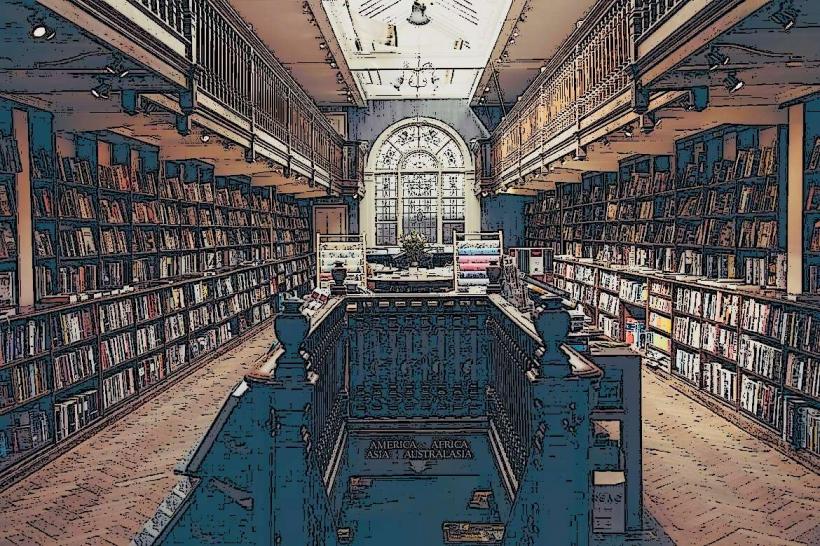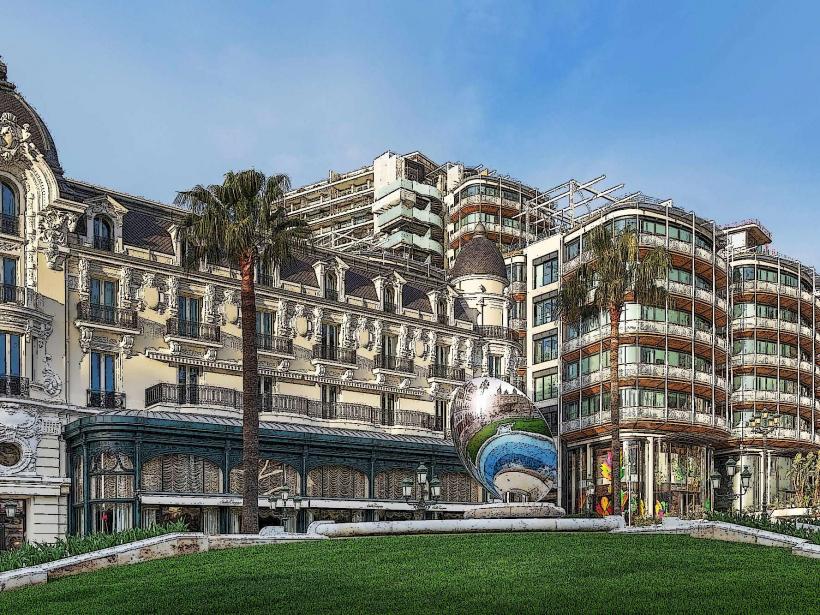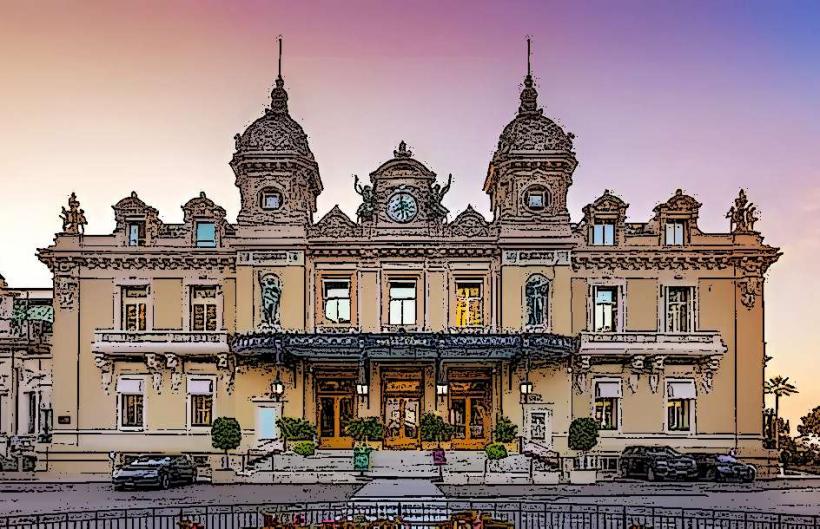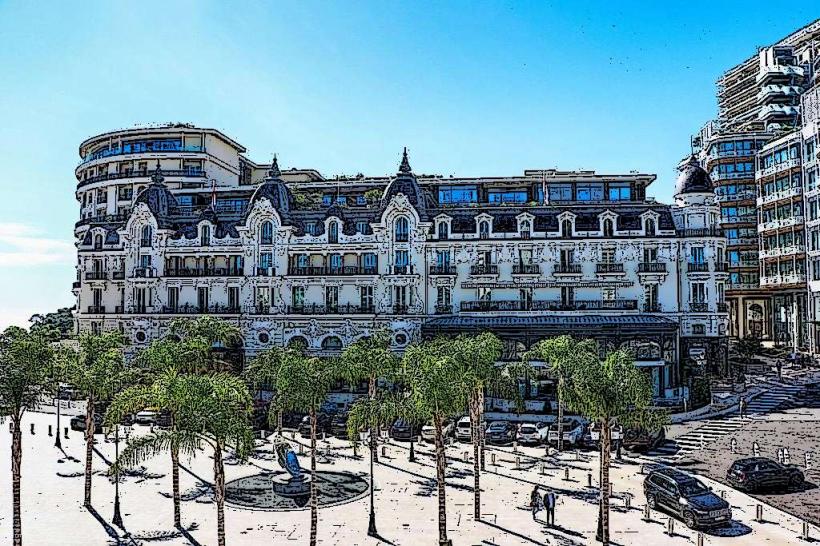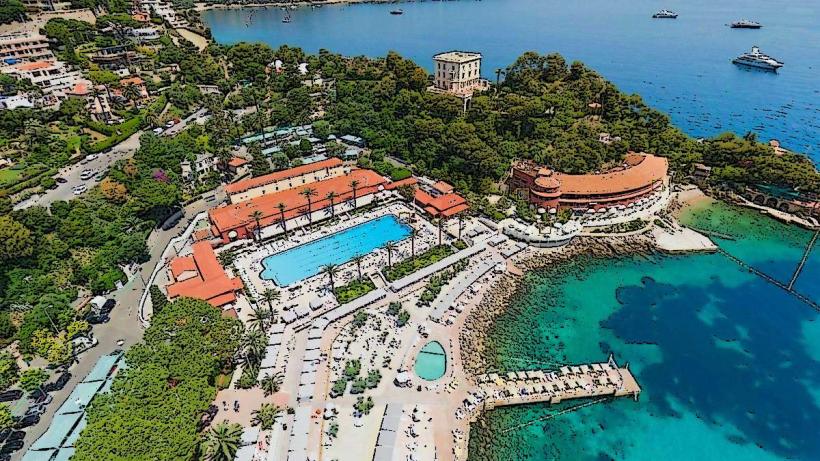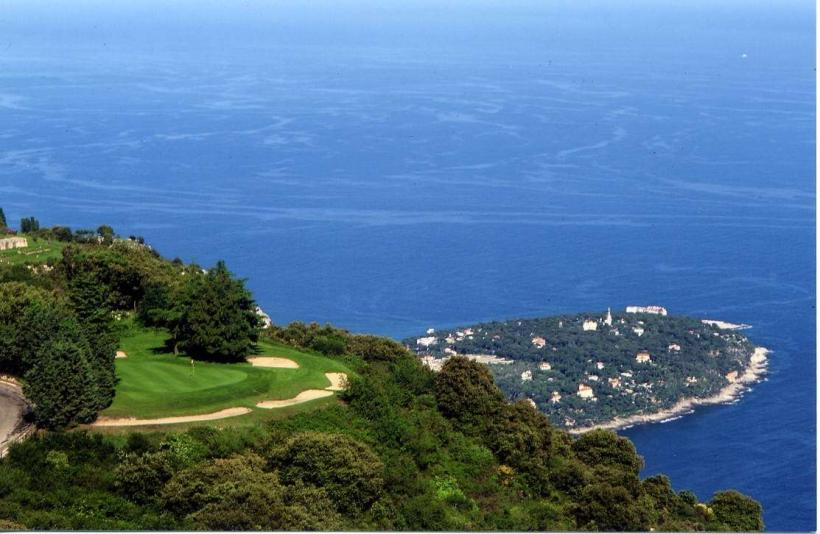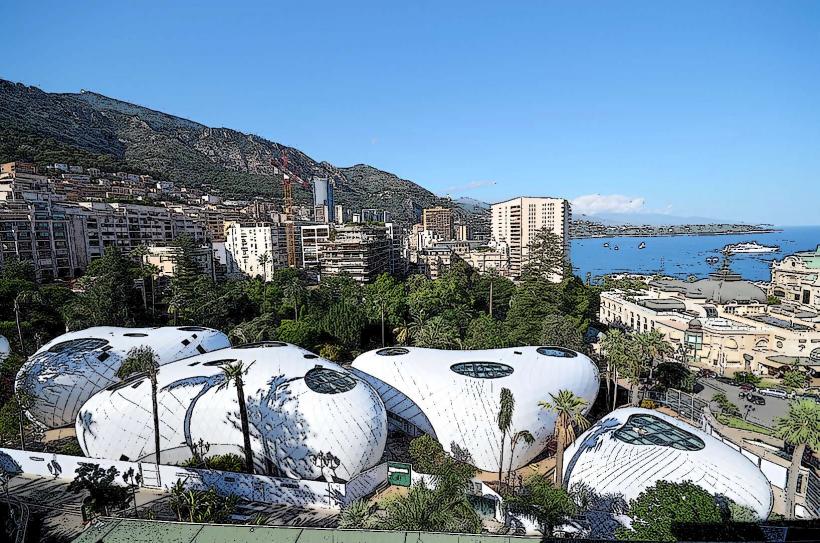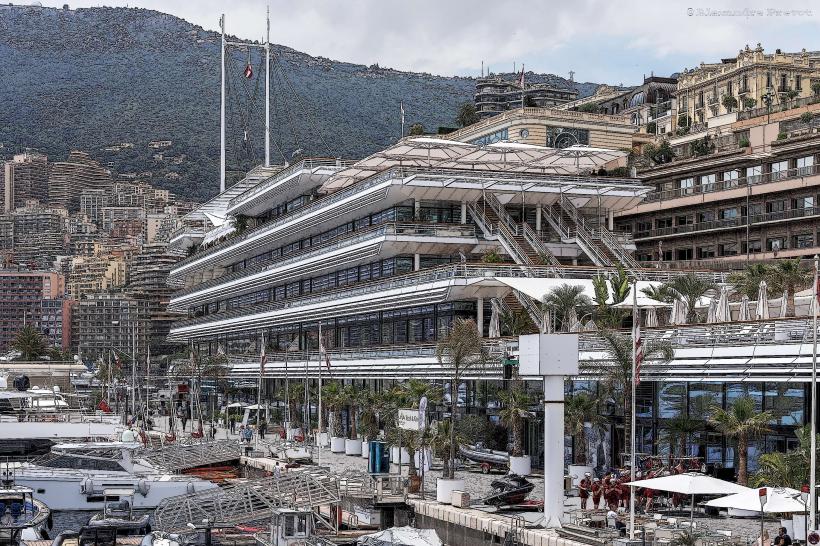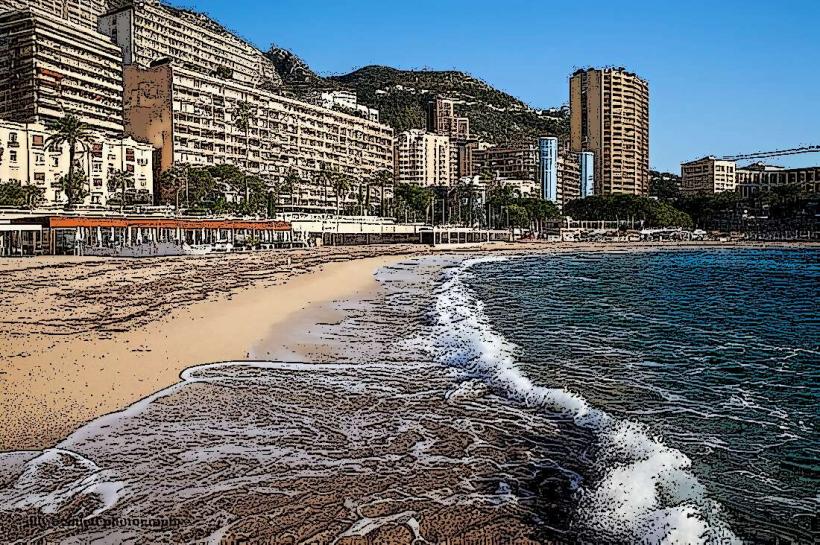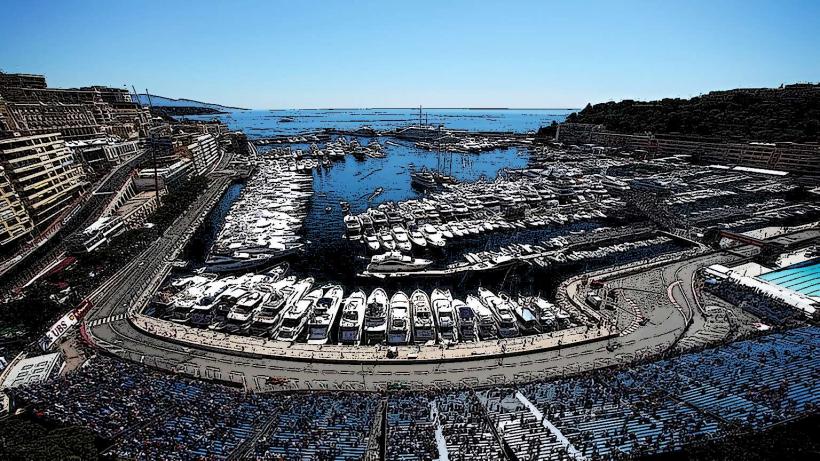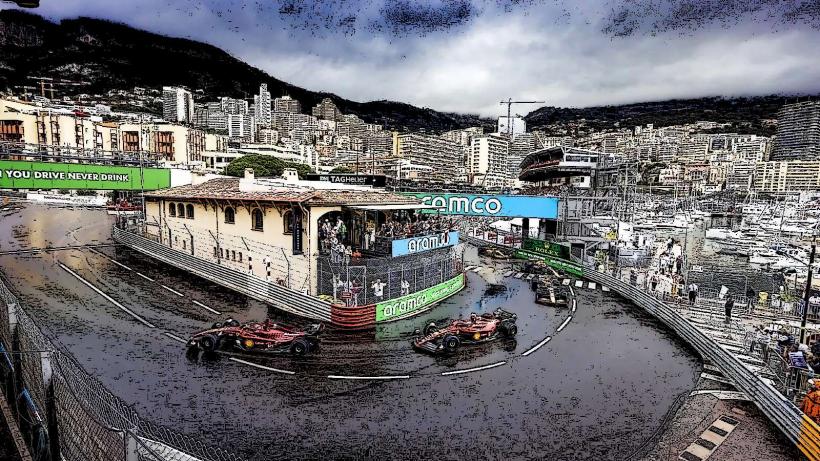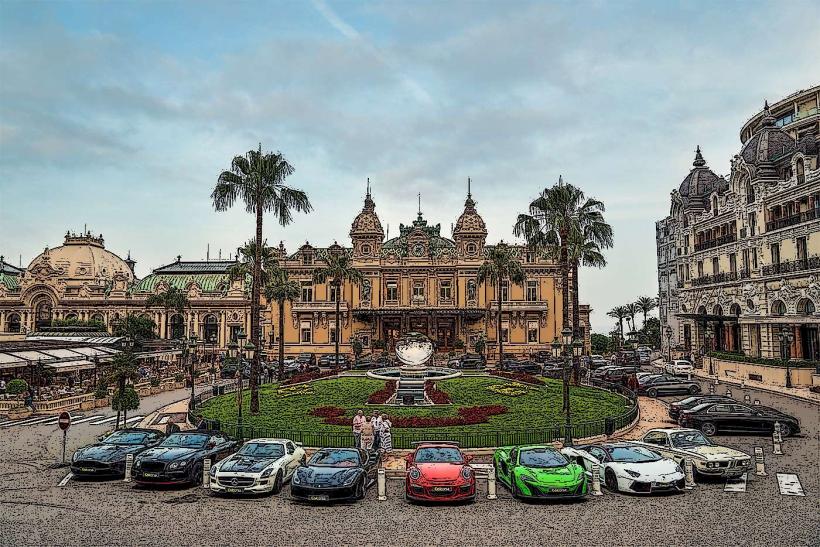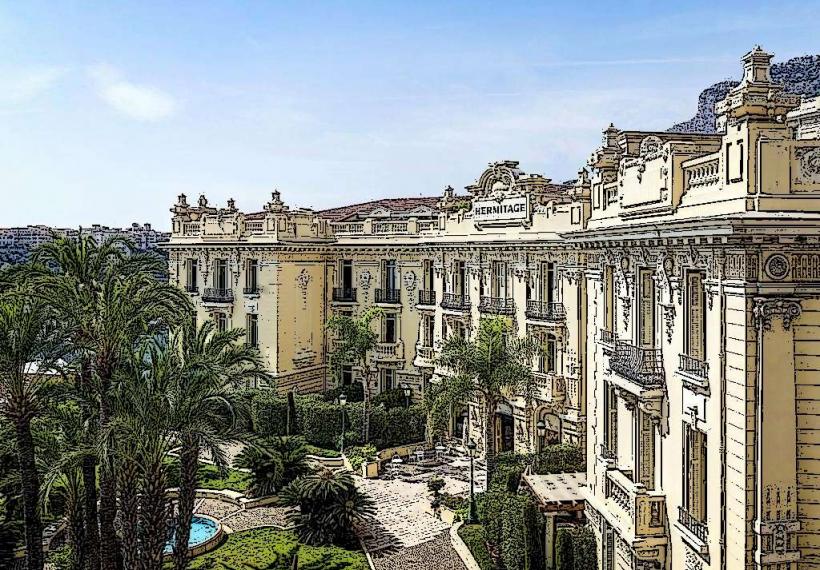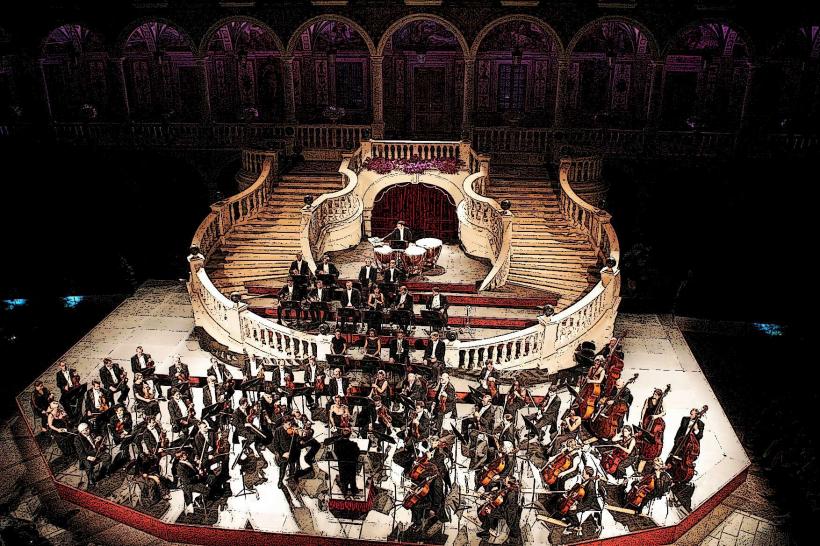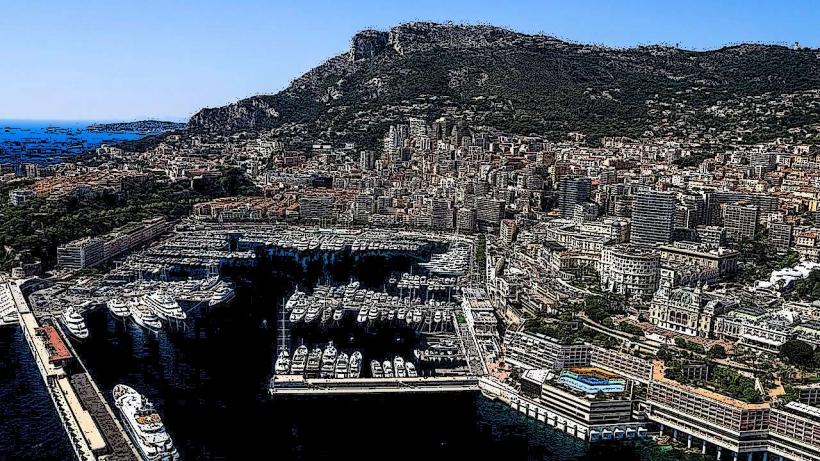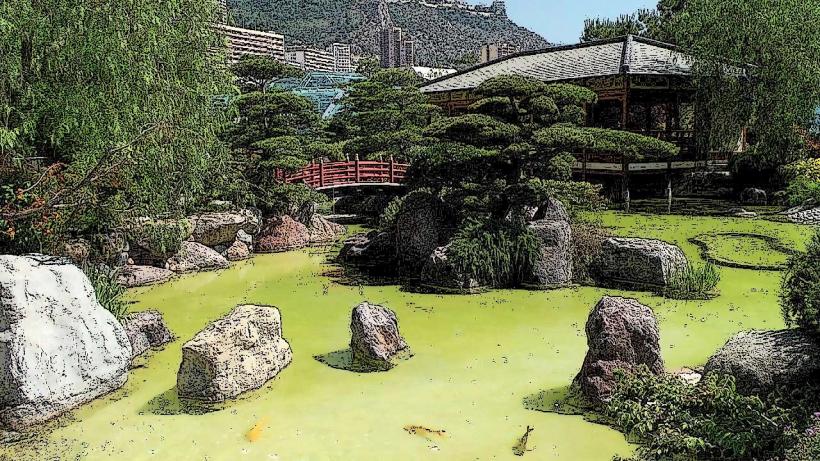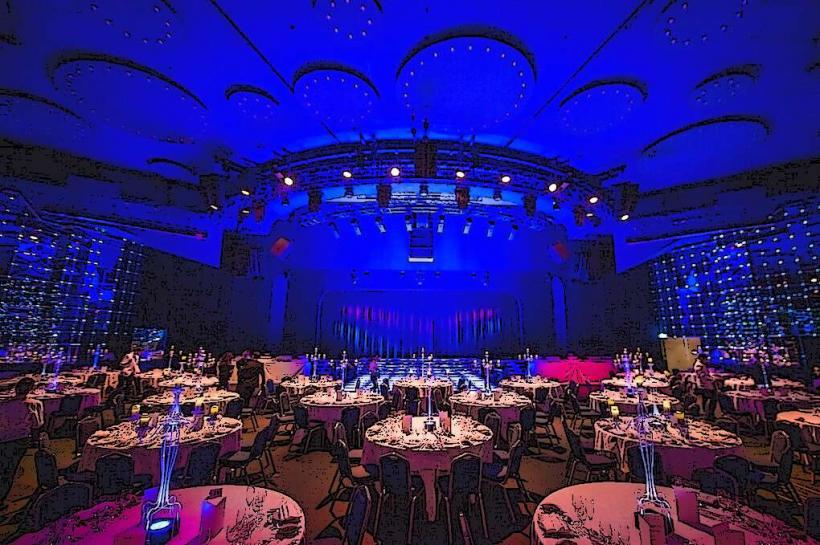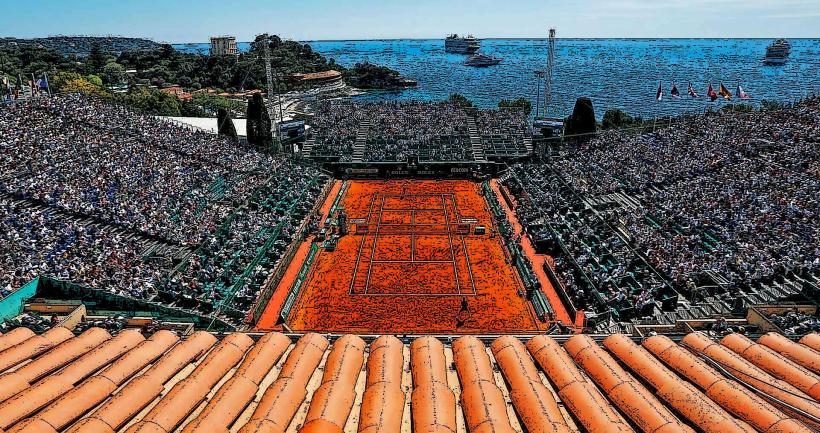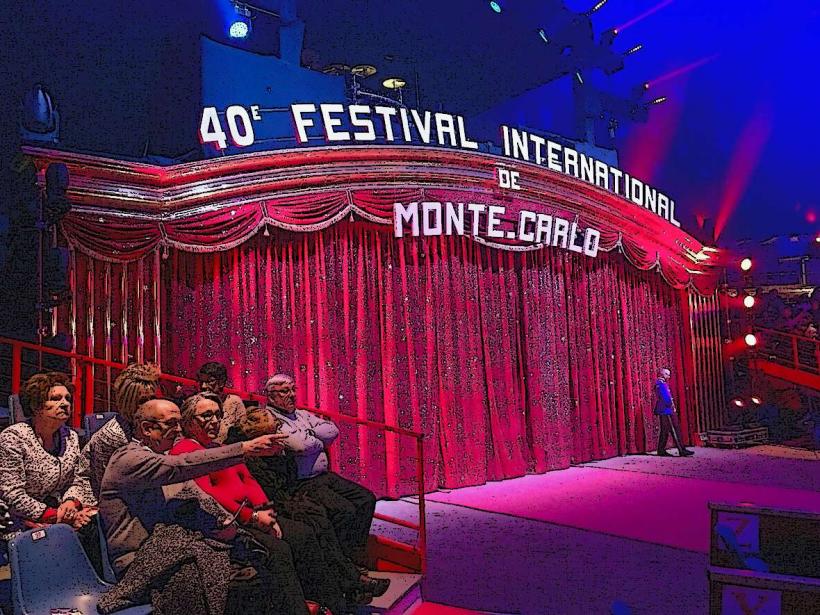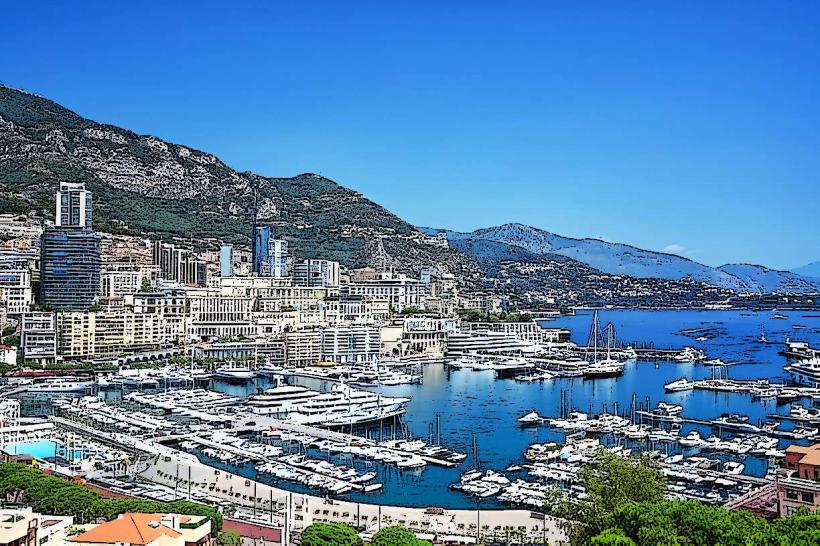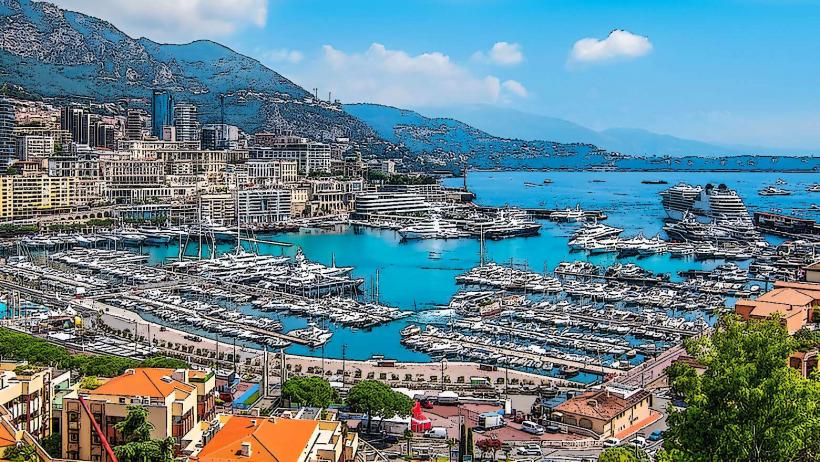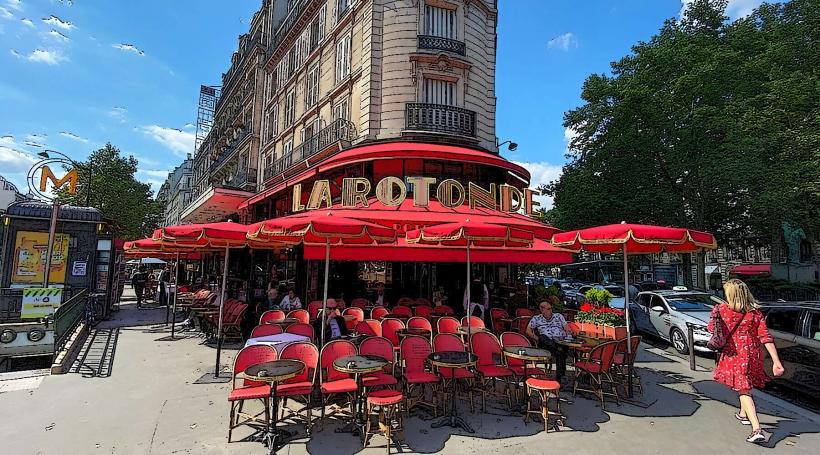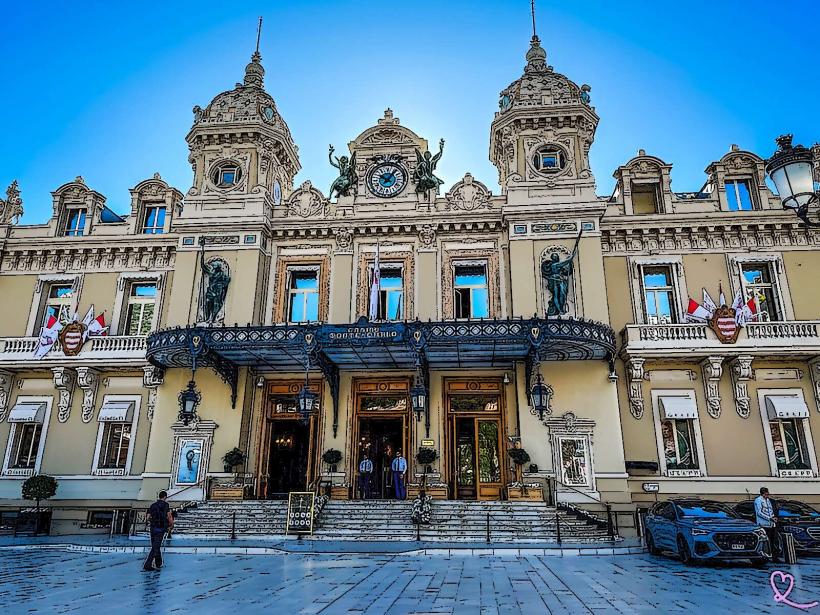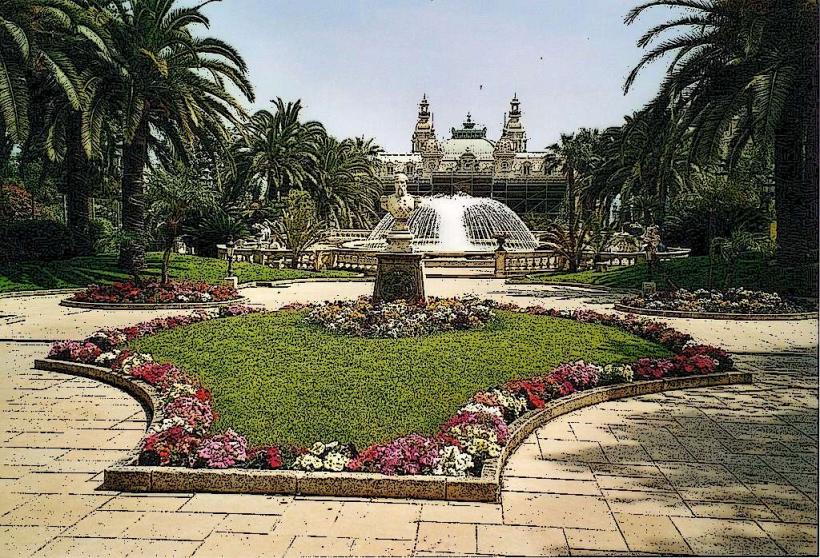Information
City: Monte CarloCountry: Monaco
Continent: Europe
Monte Carlo is one of the most iconic and glamorous districts of the Principality of Monaco. Known for its luxurious lifestyle, prestigious casinos, and historical significance, Monte Carlo is a symbol of wealth, entertainment, and opulence. The district has become synonymous with high society, luxury tourism, and elite events such as the Monte Carlo Grand Prix. Below is a detailed overview of Monte Carlo, including its history, key landmarks, attractions, culture, and lifestyle.
Geography and Location
Monte Carlo is located in the western part of Monaco, bordered by the Mediterranean Sea to the south and the surrounding districts of La Condamine and Moneghetti to the north and east. Despite being a small district, Monte Carlo has a commanding presence due to its elevated terrain, which offers stunning views of the Mediterranean Sea, the Monaco Harbor, and the surrounding areas of Monaco.
The district is relatively compact but is home to some of Monaco's most luxurious residences, hotels, and businesses. The district's central boulevard, Avenue des Beaux-Arts, runs through the heart of Monte Carlo and is flanked by exclusive shops, casinos, and hotels.
History of Monte Carlo
Monte Carlo's history is closely tied to the development of Monaco as a city-state. Originally, Monaco was a small fishing village, but in the 19th century, Monte Carlo transformed into a glamorous destination largely due to the vision of Prince Charles III.
The Birth of Monte Carlo (19th Century): In the mid-1800s, Monaco was struggling economically, and Prince Charles III sought a way to improve the principality's finances. In 1856, the Monte Carlo Casino was founded by François Blanc, a French casino operator. The casino attracted wealthy visitors, especially from Europe, and soon transformed Monte Carlo into a fashionable destination.
The Rise of Tourism: By the end of the 19th century, Monte Carlo had gained international fame as a luxury resort. Its combination of opulent architecture, casino gambling, and Mediterranean climate made it a favored destination for European aristocracy and the upper class. The establishment of the Société des Bains de Mer (SBM), which oversaw many of the luxury establishments, further cemented Monte Carlo’s status as a hub of luxury and entertainment.
Monte Carlo Grand Prix: The Monte Carlo Grand Prix, first held in 1929, became one of the most prestigious events in the Formula 1 calendar. The race takes place on the streets of Monte Carlo and is famous for its challenging route, tight corners, and glamorous atmosphere, attracting celebrities and motorsport fans from around the world.
World War II and Post-War Development: During World War II, Monte Carlo, like the rest of Monaco, was occupied by Italy, and the casino was closed. After the war, Monte Carlo saw a resurgence, with a growing focus on tourism, luxury hotels, and elite events. The district continued to evolve into the glamorous destination it is today.
Key Landmarks and Attractions in Monte Carlo
Casino de Monte-Carlo: The Casino de Monte-Carlo is one of the most famous landmarks in Monaco and one of the most luxurious casinos in the world. Opened in 1863, the casino has played a major role in Monte Carlo’s transformation into an international luxury destination. The building itself is an architectural masterpiece in the Belle Époque style, with grand staircases, crystal chandeliers, and marble floors. Visitors can try their luck at various games, including roulette, blackjack, and poker, or simply admire the opulence of the casino.
- Opera House: The Casino de Monte-Carlo also houses the Opera House (Salle Garnier), named after Charles Garnier, the architect of the Paris Opera House. The opera house is a venue for concerts, opera performances, and ballets. It is an essential part of Monaco’s cultural life and a symbol of the principality’s commitment to the arts.
Hotel de Paris Monte-Carlo: The Hotel de Paris is another iconic landmark in Monte Carlo. Established in 1864, it is a symbol of luxury and sophistication. The hotel is known for its opulent design, impeccable service, and prime location next to the Casino de Monte-Carlo. It has hosted numerous celebrities, royalty, and dignitaries over the years and remains one of Monaco’s top hotels.
Café de Paris: Located directly across from the Casino de Monte-Carlo, the Café de Paris is a legendary café that has become a gathering place for the wealthy elite. It offers a range of gourmet dishes and beverages, as well as the opportunity to watch the high-society life unfold on the casino square. The café has been serving guests since 1868 and is a perfect spot for people-watching in Monaco.
Monte Carlo Harbor (Port Hercules): The Monte Carlo Harbor, also known as Port Hercules, is one of the most beautiful natural harbors in the Mediterranean. The harbor is home to luxury yachts, many of which belong to Monaco’s wealthiest residents and visitors. The waterfront area is lined with upscale restaurants, bars, and boutiques. It also hosts the Monaco Yacht Show, a major event for the global yachting community.
Exotic Garden of Monaco (Jardin Exotique): The Exotic Garden of Monaco, located on the hills of Monte Carlo, is a unique botanical garden that features a wide variety of cacti and succulents from around the world. The garden offers breathtaking views of Monaco and the Mediterranean Sea and is a peaceful retreat from the busy streets of the district. Visitors can explore the garden's paths, terraces, and cave.
The Prince’s Palace: Although technically located in the nearby Monaco-Ville district, the Prince’s Palace is an essential part of Monte Carlo’s history. The palace serves as the residence of the ruling Grimaldi family and is open to the public during certain times of the year. Visitors can take a guided tour of the palace’s State Apartments and enjoy the changing of the guard ceremony that takes place daily.
Monte Carlo Opera House and Théâtre du Casino: Located within the Casino de Monte-Carlo, the Monte Carlo Opera House is a prestigious venue that hosts opera performances, ballet, and classical concerts. The Théâtre du Casino is another cultural venue within the casino, offering an intimate setting for various performances.
Culture and Lifestyle in Monte Carlo
Monte Carlo is synonymous with a luxurious lifestyle. The district has a reputation for fine dining, exclusive shopping, and glamorous entertainment, making it a hotspot for celebrities, royalty, and wealthy visitors. It is a place where visitors can experience the height of sophistication and luxury, with exclusive boutiques, Michelin-starred restaurants, and world-class events.
Gastronomy: The culinary scene in Monte Carlo is exceptional, with a number of Michelin-starred restaurants. Le Louis XV at the Hotel de Paris, run by renowned chef Alain Ducasse, is one of the most famous fine-dining establishments. Other top restaurants include La Vistamar, Joël Robuchon Monte-Carlo, and Le Grill, all offering gourmet cuisine and views of the Mediterranean.
Shopping: Monte Carlo is home to high-end designer boutiques and luxury shopping centers, including the Metropole Shopping Center and the Carré d'Or district. Visitors can find products from top fashion houses such as Louis Vuitton, Chanel, Rolex, and Cartier. Shopping in Monte Carlo is a prestigious affair, with prices reflecting the elite clientele.
Monte Carlo Grand Prix: The Monte Carlo Grand Prix is one of the most famous motor races in the world. Held annually in May, it takes place on the streets of Monte Carlo, winding through narrow corners and hairpin turns. The race attracts Formula 1 fans, celebrities, and socialites who flock to Monaco to experience the excitement of the event, which is held in conjunction with luxury parties and social gatherings.
Nightlife: The nightlife in Monte Carlo is upscale and refined, with numerous bars, nightclubs, and lounges that cater to an elite crowd. The Jimmy’z nightclub and Cave de l’Olivier are among the most popular venues for those looking to enjoy an evening of luxury entertainment. Many visitors also flock to the Casino de Monte-Carlo for late-night gambling and entertainment.
Cultural Events and Festivals: Monaco’s commitment to culture is reflected in the range of events that take place in Monte Carlo, from opera performances to ballets, art exhibitions, and jazz concerts. The Monaco International Film Festival and Monte Carlo Television Festival also attract global stars and offer exciting opportunities for entertainment enthusiasts.
Conclusion
Monte Carlo is a district that defines luxury and high society, offering visitors an experience of elegance, sophistication, and glamour. With its historic casinos, luxury hotels, exquisite dining, and iconic events like the Monte Carlo Grand Prix, it is a destination for the wealthy, the famous, and anyone seeking a taste of the extraordinary. The district’s rich cultural heritage, breathtaking views, and modern allure make it one of the most sought-after locations in the world, representing the epitome of a glamorous lifestyle.

